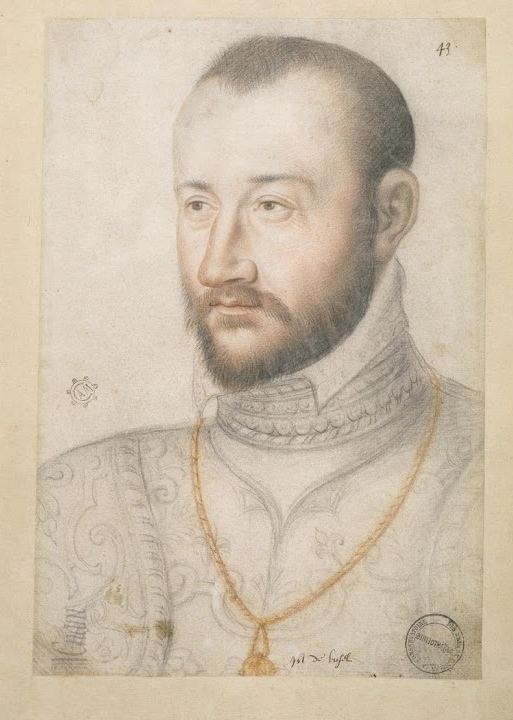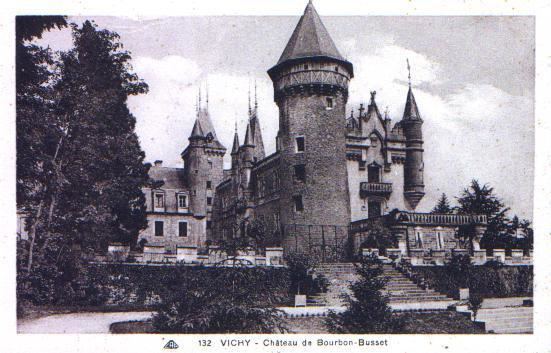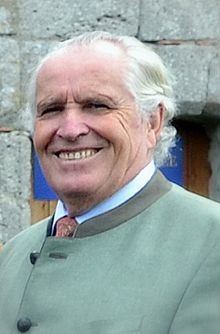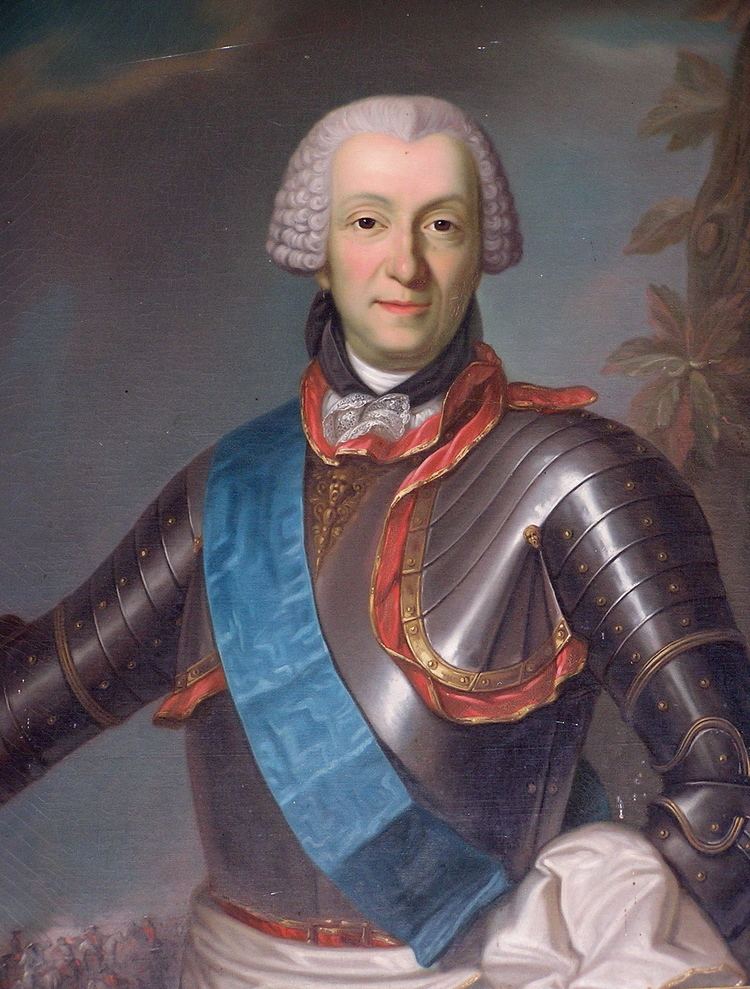Founder Pierre de Bourbon | ||
 | ||
Cadet branches House of Bourbon-Chalus | ||
jacques de bourbon busset entre ch ne et lion
The Bourbon-Busset family is an illegitimate branch of the House of Bourbon, being thus agnatic descendants of the Capetian dynasty. Historically they have been regarded as non-dynastic since decisions rendered by Louis XI of France.
Contents
- jacques de bourbon busset entre ch ne et lion
- Origin
- Historical evolution
- Modern era
- Other illegitimate houses
- References

Possibly, however, the family may be canonically legitimate, in which case it is the most senior extant male-line branch of the Capetians, and senior to the Bourbons which reign today in Spain and Luxembourg and have in the past ruled France, Naples and Sicily, as well as to the House of Braganza, also Capetians by illegitimate descent.
Its head uses the title Count of Busset since the marriage of Pierre de Bourbon, son of Louis de Bourbon, Bishop of Liège, with Marguerite de Tourzel, heiress of the barony of Busset. Their son Philippe married Louise Borgia, Duchess of Valentinois, daughter of Cesare Borgia, Duke of Valentinois.
Origin

The line of Bourbon-Busset descends in male line from the son of Louis of Bourbon, Prince-Bishop of Liège (1438–1482), himself a son of Charles I, Duke of Bourbon. Louis, in male line a sixth cousin of King Charles VII of France, married, without royal licence, Catharine d'Egmond, a daughter of Arnold, Duke of Gelderland (probably illegitimate, as the ducal House of Egmont's chronicles never recognized her among princesses of Gelderland). From this marriage, three natural sons were born:

Although the marriage between Louis and Catherine took place before Louis was consecrated as a priest, which would have made it canonically impossible for him to marry, it was kept secret, being against the interests of Louis XI of France. French alliances in the Low Countries were not compatible with those of the House of Egmont. The French king therefore never recognized any children of the marriage as legitimate. There was a de facto legitimization of the Bourbon-Bussets when they were allowed the treatment of a Cousin du Roi. For the rest of history the Bourbon-Bussets never claimed anything more than what they had, and constantly remained faithful servants of the Bourbon kings.
Historical evolution
Members of the Bourbon-Busset family later acquired the titles of count of Châlus and count of Lignières.
When the Valois-Angoulême branch on the throne was nearing its end in the 16th century, Antoine de Bourbon, Duke of Vendôme, was recognized as the premier prince du sang of France, although he only descended from James I, Count of La Marche (1315–1362), the younger brother of Pierre I, Duke of Bourbon.
Were the Bourbon-Busset legitimate, the position of the premier prince would have belonged to the then Count of Busset, instead of to Duke Antoine. However, what is certain is that the Bourbon-Bussets, accepting their status as an illegitimate line, whether a matter of fact or law, never claimed the position, and played no significant role either at the French royal court or in the politics of the nation.
Similarly, upon the death of Henry III of France, were the Bourbon-Busset a legitimate dynastical line, the crown should have passed to César de Bourbon-Busset (1565–1630), in male line the late king's 10th cousin. However, he never claimed the crown and was not proposed by any known partisans as an alternative choice when King Henry III of Navarre, his agnatic 7th cousin once removed, Antoine's son, became king of France and César's liege lord.
Modern era
Madeleine de Bourbon-Busset (1898–1984), daughter of the count of Lignières and Jacques's fourth cousin once removed, married in 1927 a royal Bourbon relative, Xavier, titular duke of Parma and Carlist pretender to the throne of Spain. Although Madeleine brought as dowry the chateau of Lignières, at the time this marriage was not accepted as dynastic by the titular duke, Xavier's elder brother, obtaining dynastic recognition retroactively around the time of the engagement of Xavier's eldest son to the daughter of Queen Juliana of the Netherlands in 1964.
As wife of Xavier, Madeleine was, however, proclaimed Queen consort of Spain by the remaining Carlists in 1952. Widowed in 1977, she remained a staunch adherent of her husband's Carlist principles. She excluded her elder son from the funeral of her husband as disloyal to his father's traditionalist Carlism, recognizing instead the claim to Carlist leadership and to Lignières of her younger son, Prince Sixtus Henry of Bourbon-Parma, (self-proclaimed) duke of Aranjuez, who continued the rivalry with his brother as Carlist pretender.
A senior male-line descendant of the Bourbon-Busset was the French writer Jacques de Bourbon-Busset (1912–2001), member of the French Academy. President Charles de Gaulle was once quoted telling him: Had it not been for the decision of King Louis XI, you might well be head of state of France today, instead of me.
Since 2001, the Head of the House of the Bourbon-Busset is Charles de Bourbon, Count of Busset (born 1945), who is a civil engineer of the Ecole des Mines de Paris, and Mayor of Ballancourt-sur-Essonne (1998-2014). He is the son of Jacques de Bourbon-Busset.
